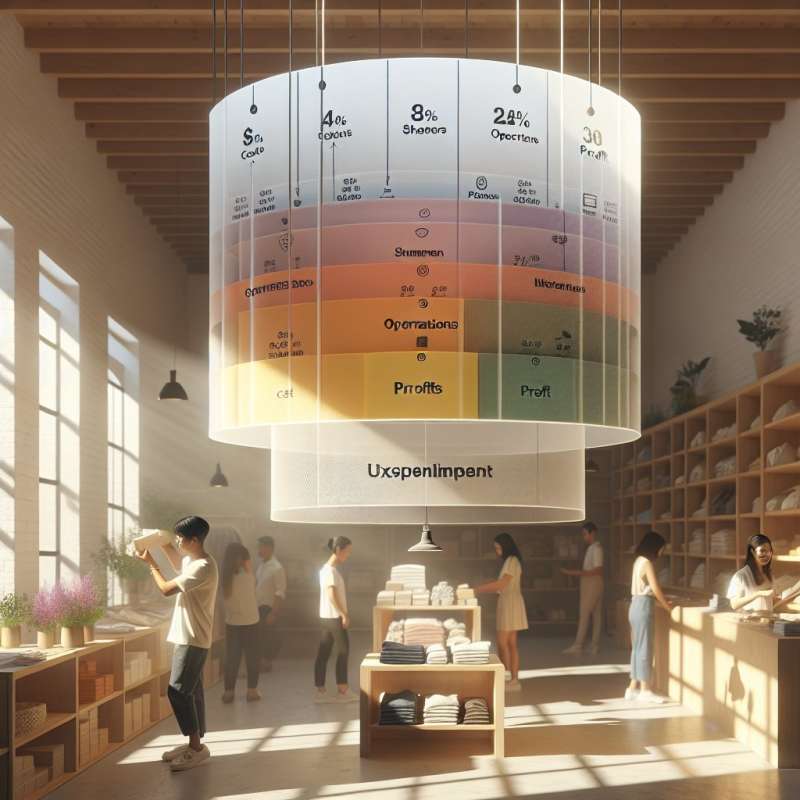
Understanding Trade Markup
Markup in trade refers to the difference between a product's selling price and its cost price. It represents the percentage added to costs to achieve a profit.
Markup vs. Margin
Often confused, markup and margin are different. Markup is based on cost price, while margin is based on selling price. Both are crucial for setting profitable prices.
Calculating Markup Percentage
To calculate markup, subtract cost from sales price, divide by cost, and multiply by 100. The formula is: ((Selling Price - Cost Price) / Cost Price) * 100.
Role in Retail Pricing
Markup is vital for retailers. It covers business costs, such as operations, and determines profit. Different industries have standard markups, often invisible to consumers.
Psychological Pricing Impact
Retailers sometimes set prices slightly lower than a round number, like $19.99 instead of $20. This strategy, based on markup, can significantly impact consumer perception.
Global Markup Variations
Markups vary worldwide, influenced by local economies, taxation, and consumer purchasing power. For instance, luxury goods often have higher markups in emerging economies.
Digital Age Markup Trends
Online platforms can often offer lower markups due to reduced overhead costs compared to traditional retail, creating competitive pricing challenges across industries.
What does trade markup represent?
Difference between selling and cost price.
Alternative term for profit margin.
Fixed percentage across all industries.
Company